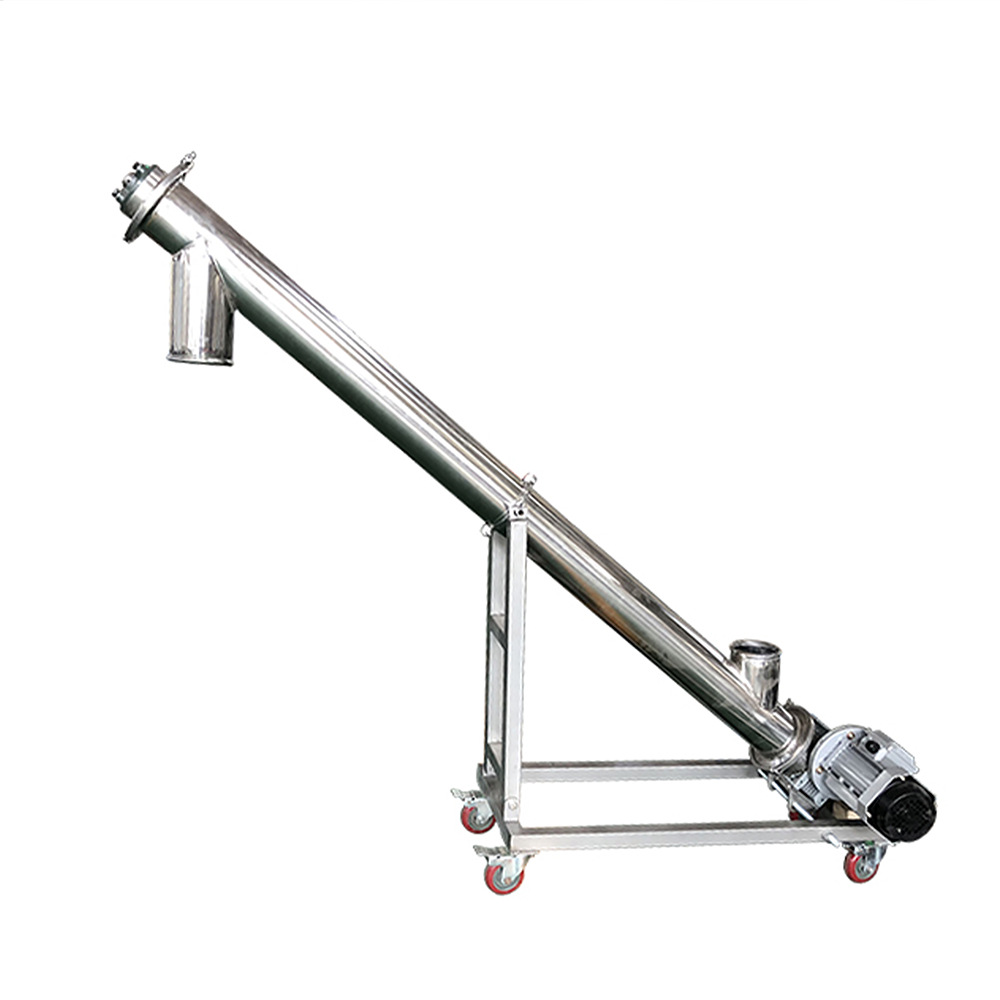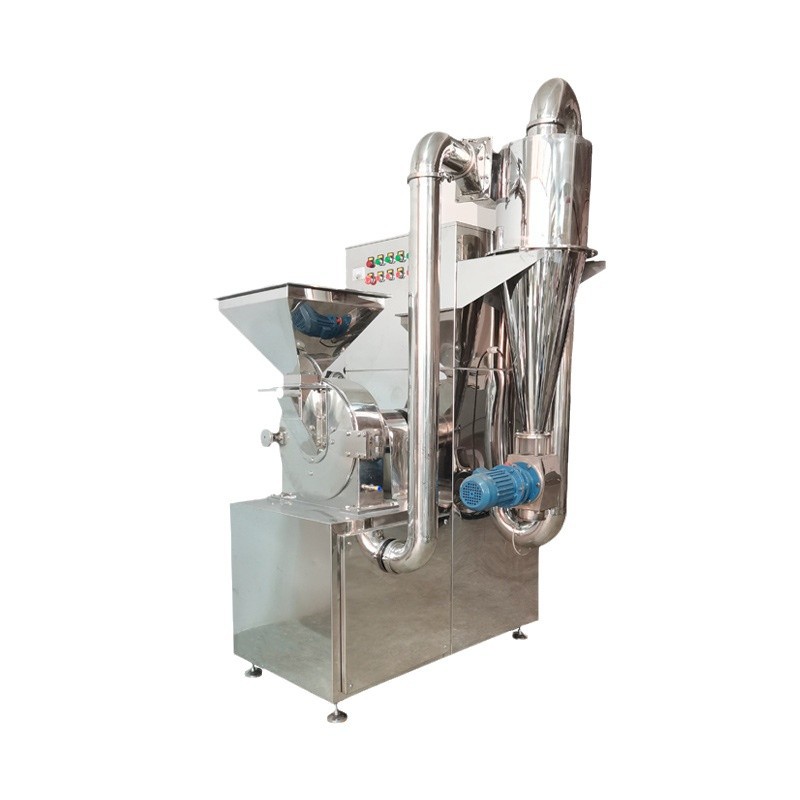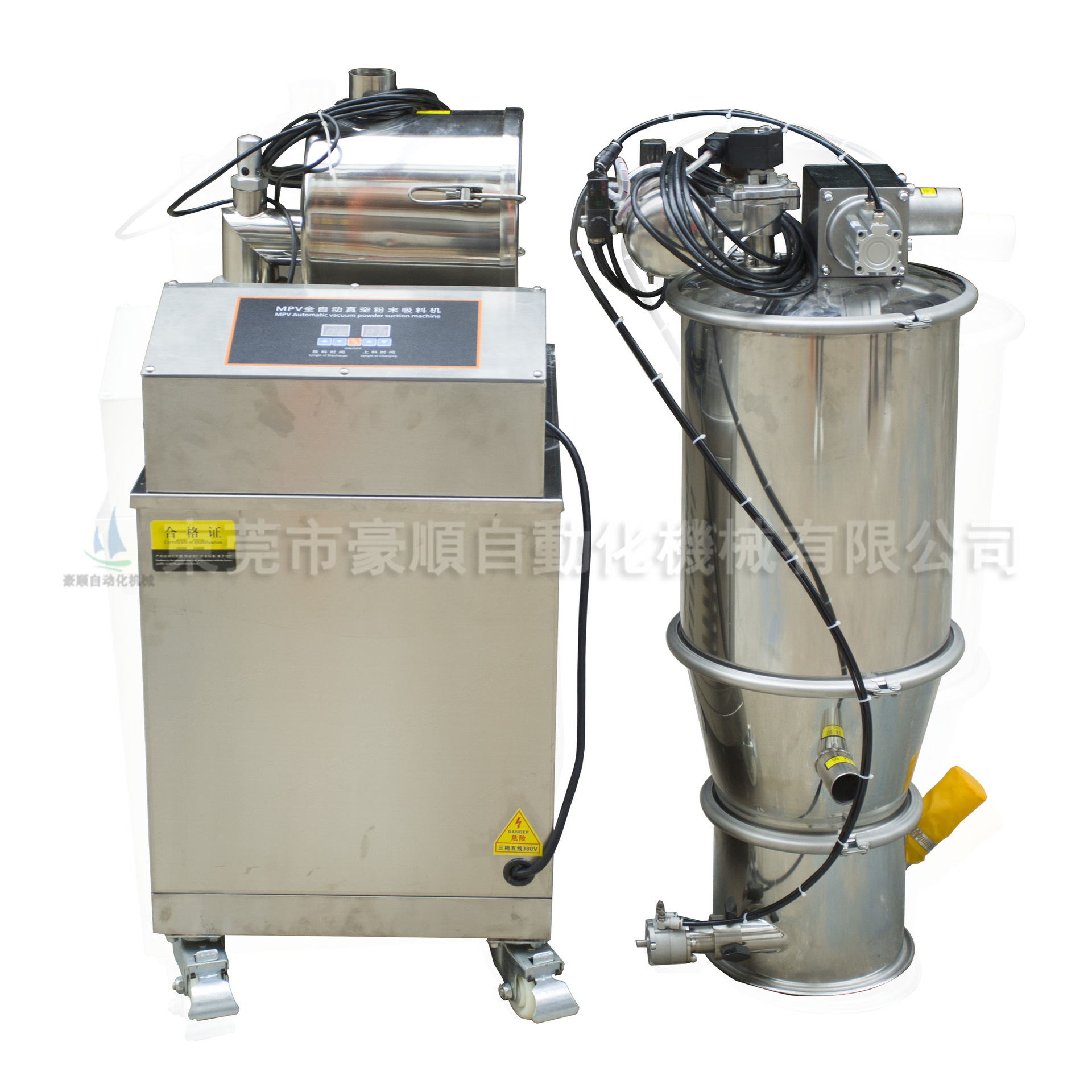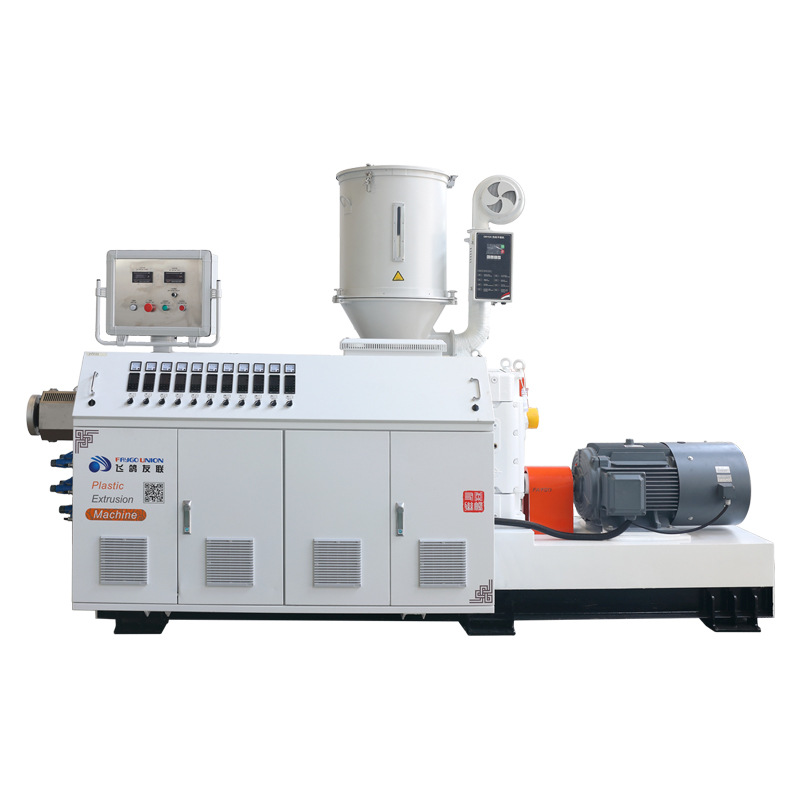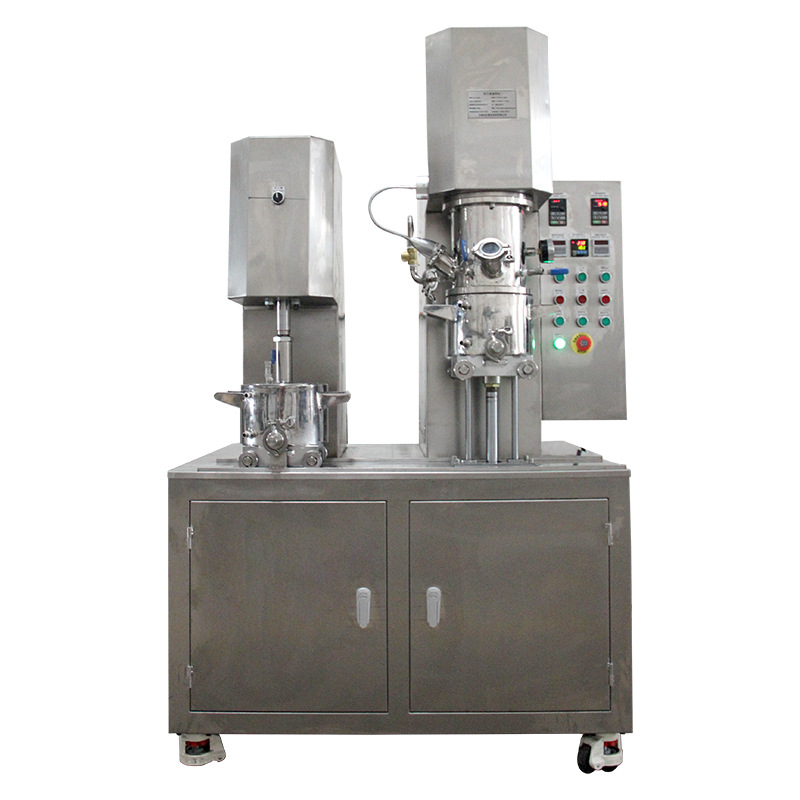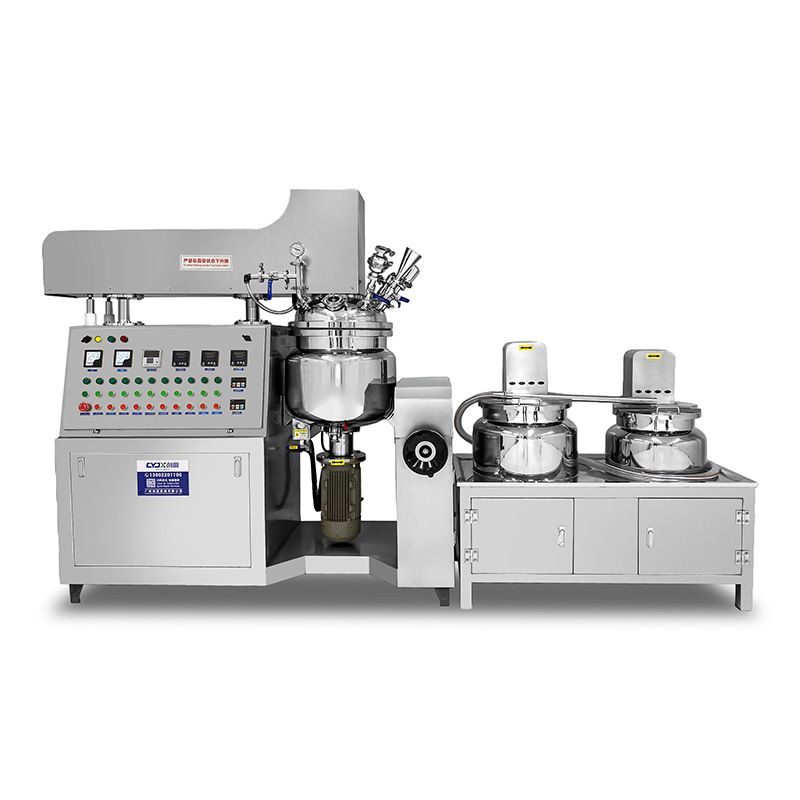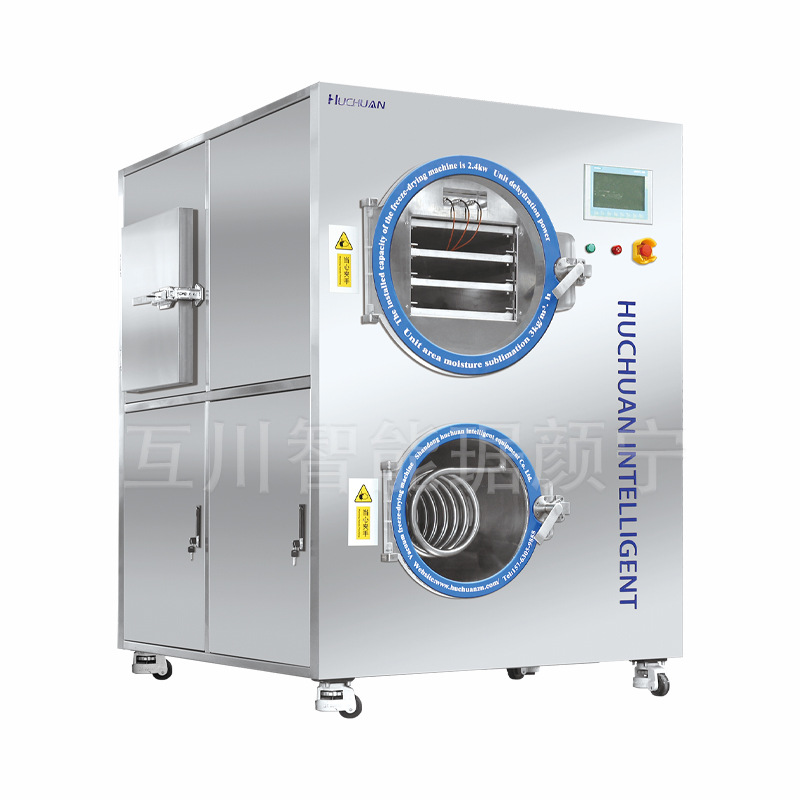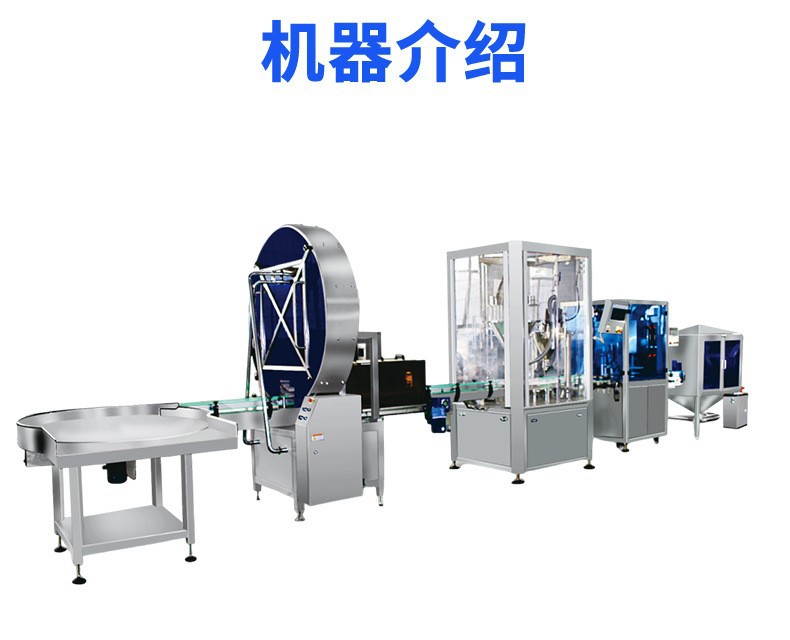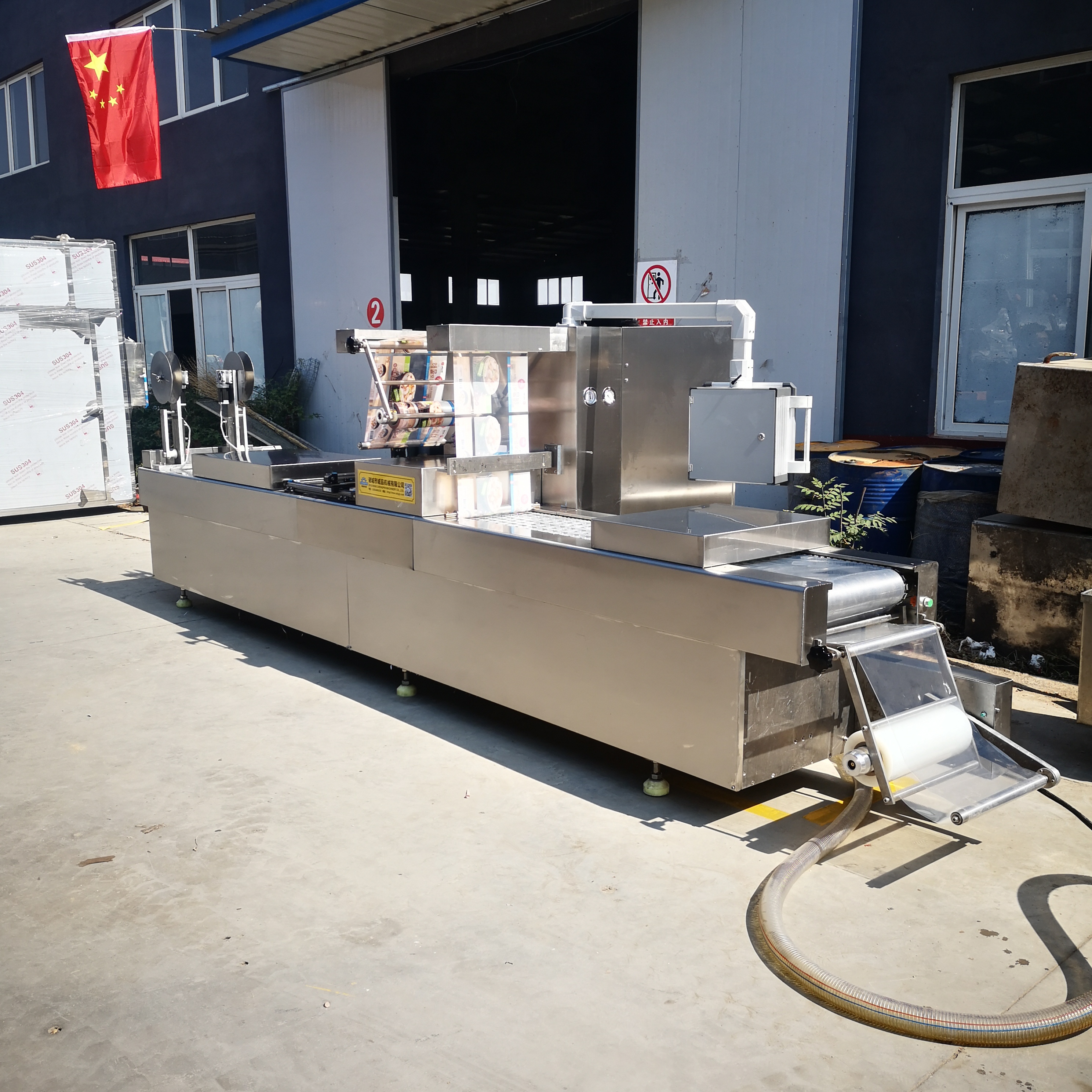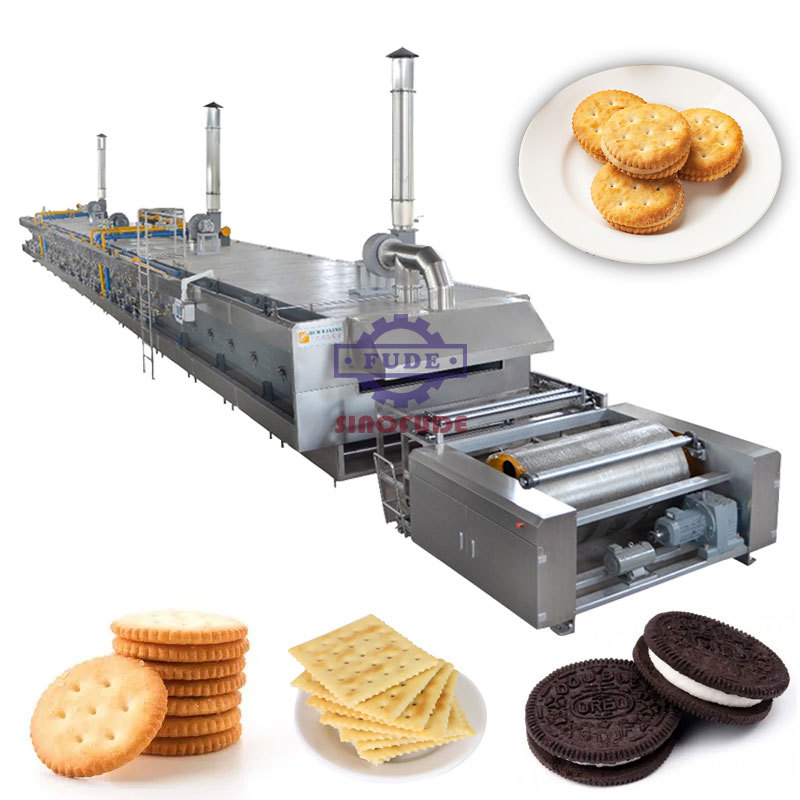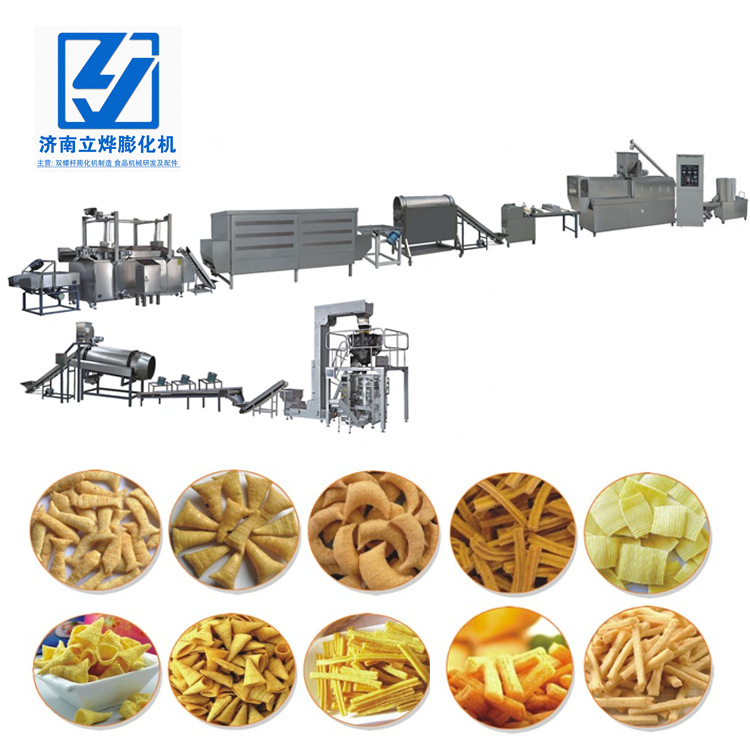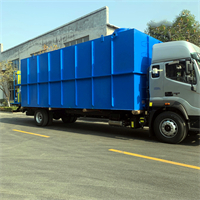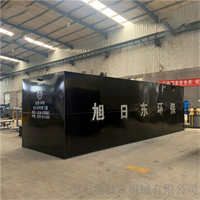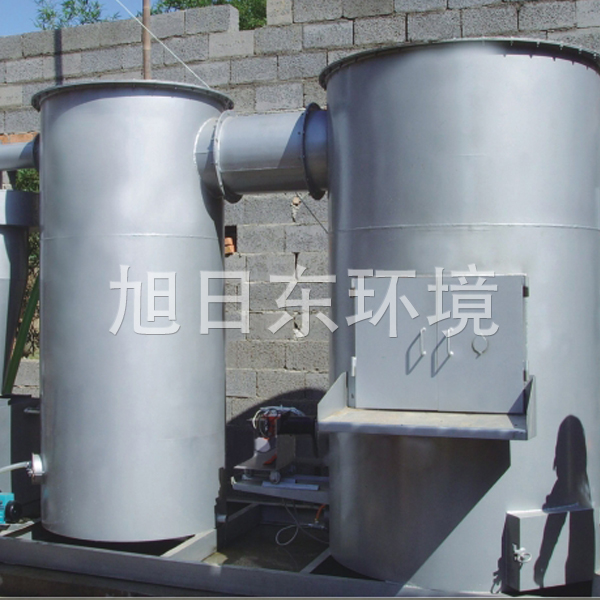- Raw Material Processing Equipment
- Mixing and Shaping Equipment
-
Heat treatment equipment
Sterilization and disinfection equipment
- Multi-pot parallel high-temperature and high-pressure conditioning and sterilization pot
- Double-bath high-temperature and high-pressure pressure regulating autoclave
- Three-port parallel water bath pot high-pressure high-temperature cooking sterilizer
- Computerized automatic spray-type high-temperature and high-pressure sterilization tank adjustment
- Multi-functional double-layer disinfection pot
Blanching and cooking equipment - Cooling and Preservation Equipment
- Packaging and Automation System
- Integrated line solution
- Environmental Protection
- Latest Products
Menu
Sterilization and disinfection equipment
- Multi-pot parallel high-temperature and high-pressure conditioning and sterilization pot
- Double-bath high-temperature and high-pressure pressure regulating autoclave
- Three-port parallel water bath pot high-pressure high-temperature cooking sterilizer
- Computerized automatic spray-type high-temperature and high-pressure sterilization tank adjustment
- Multi-functional double-layer disinfection pot
Blanching and cooking equipment
